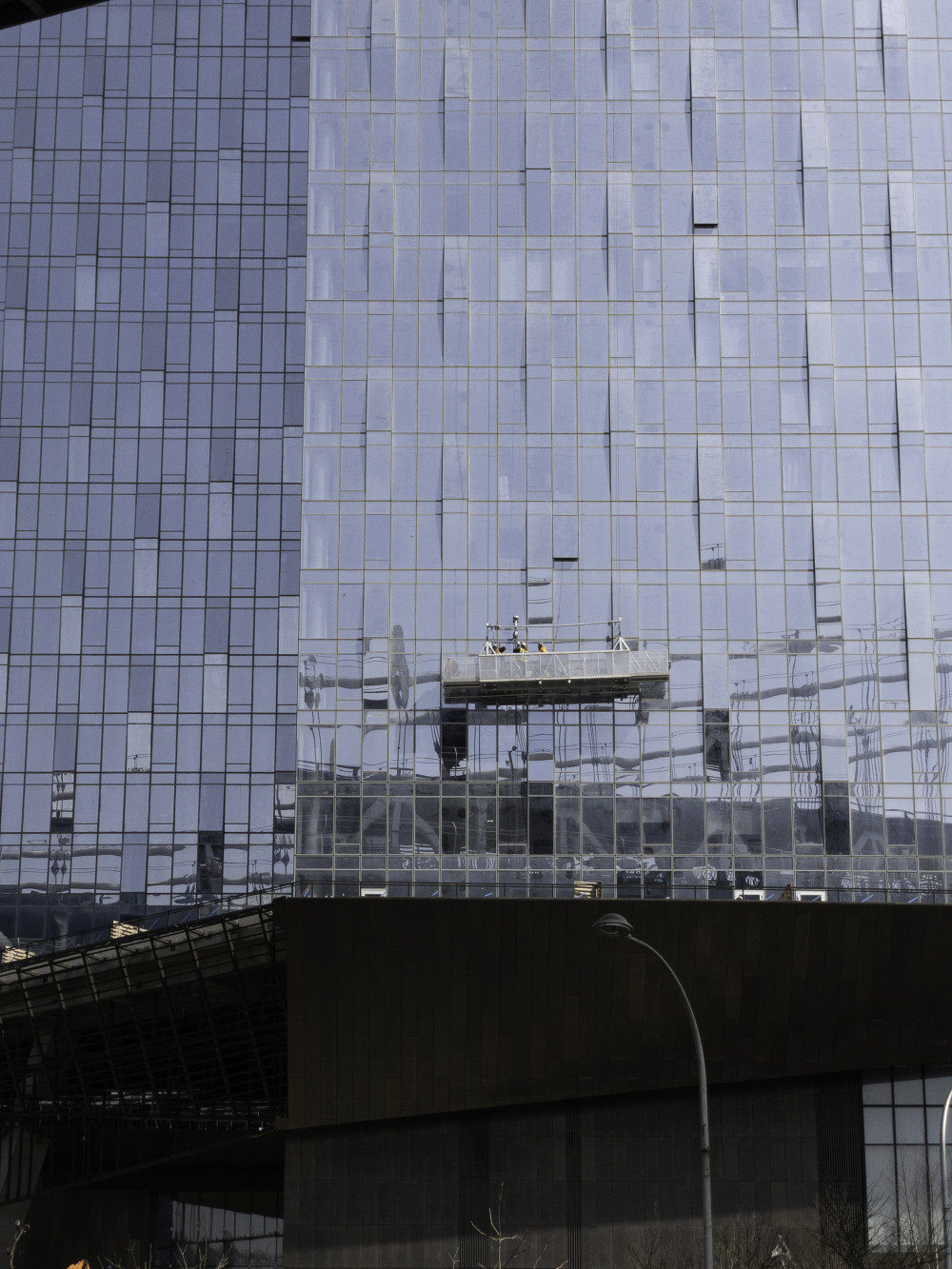Before Drones
More than a decade ago, the image of the contemplative artist working in isolation in his/her studio conceived as a space uncontaminated by outside interests and entanglements has not only become nostalgic but arguably reactionary. Until fairly recently, the conventions of what it means to be an artist were informed by social and economic factors such as maintaining a continuously self- updating presence and corresponding output, quantifiable not least through exhibitions and sales as well as through participatory social media as the place where both art and artist are being increasingly indexed and evaluated. The sudden and involuntary withdrawal of physical art worlds over the recent pandemic shutdown has not only brought about its further concentration within this digital sphere, but also furthered the debate about how to qualitatively tap the potential of online reception and presentation of art and its discourse. The title of this new series – Before Drones – hints at this shift while at the same time implying the parallel debate on the increasing global liaison of governmental control and the smart technologies of surveillance offered by «big tech» during this state of exception. In the coming weeks we are therefore inviting artists to discuss their current and future projects as well as the ways in which these largely unpredictable disruptions affect their respective everyday and art worlds locally.
Seit spätestens der letzten Dekade ist die Idee des oder der kontemplativen und isoliert praktizierenden Künstler*in im Atelier – als bedingungslosem, von Interessen freiem Raum – nicht nur eine nostalgische, sondern eine reaktionäre Vorstellung. Künstler*in-sein wurde bisher, soziologisch wie ökonomisch betrachtet, mit sich ständig updatender Präsenz und entsprechendem Output verbunden, nicht zuletzt konkret beleg- und erfassbar an Verkaufs- und Ausstellungszahlen und gerade dank der partizipativen Mechanismen der sozialen Medien, in welchen Kunst und Künstler*in zunehmend wahrgenommen und bewertet wird. Das plötzliche und unfreiwillige sich Zurückziehen von Künstler*innen und die damit einhergehende Konzentration auf die digitale Sphäre in Zeiten der Pandemie wird gegenwärtig aber auch als Potential begriffen, die Qualität von Kunsterfahrung und Diskurs online neu zu definieren und auszubauen. Der Titel dieser Serie – Before Drones – deutet wiederum auf die hierzu parallel laufende Debatte über die global fortschreitende Liaison von staatlicher Kontrollmacht und digitalen Trackingtechnologien im Moment des Ausnahmezustands. In den kommenden Wochen diskutieren wir mit verschiedenen Künstler*innen nicht nur jeweilige Projekte, sondern auch wie sich diese unabsehbaren Einschnitte im Alltag und Kunstfeld unserer Gesprächspartner*innen auswirken.
